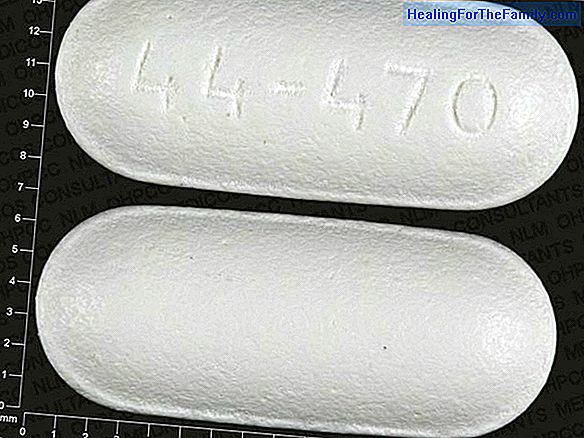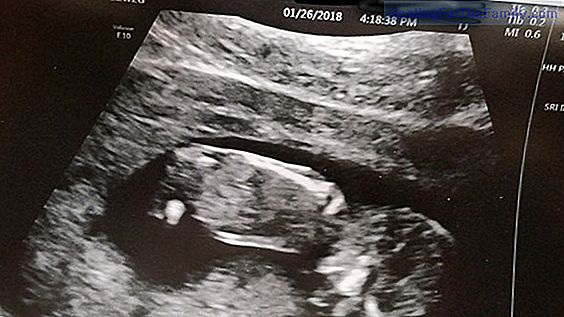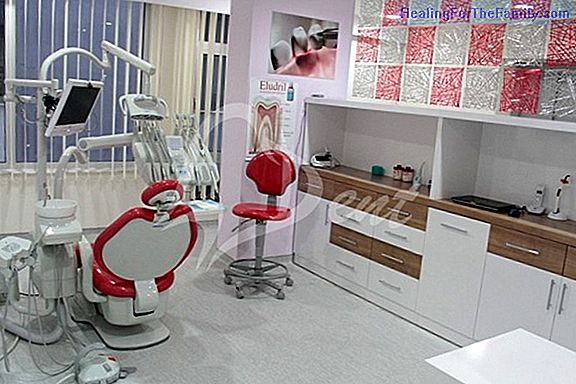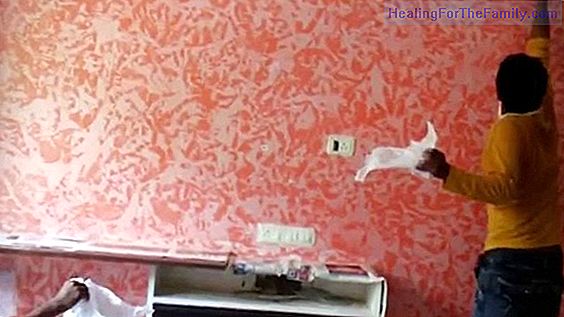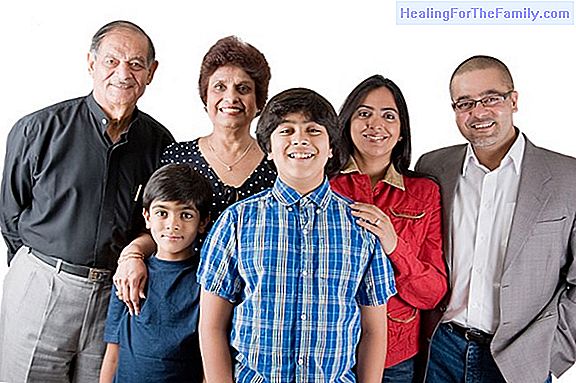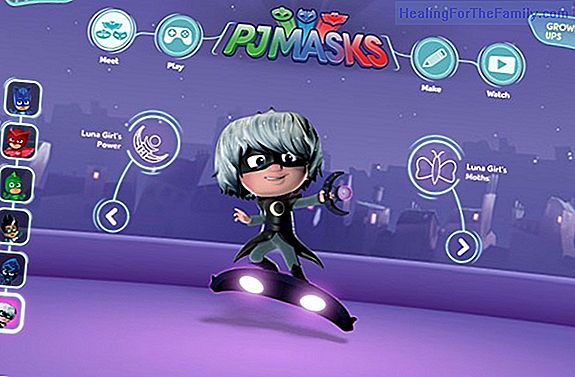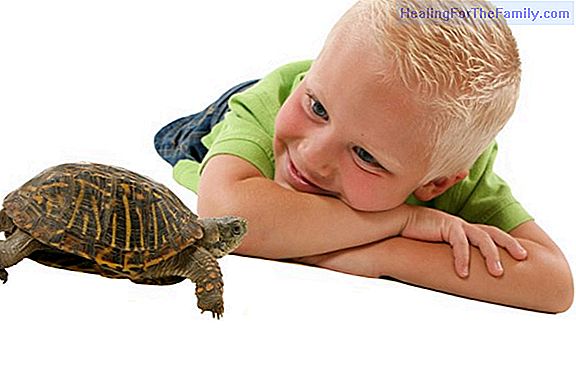Lice in children: how do they feed and reproduce?
Lice are parasites that live on people's heads and are very frequent. They affect predominantly the children between 3 and 10 years old and their relatives ya, since they get infected very easily. Girls are affected more often than boys because they tend to have longer hair. Characteristics of lice
Lice are parasites that live on people's heads and are very frequent. They affect predominantly the children between 3 and 10 years old and their relatives ya, since they get infected very easily. Girls are affected more often than boys because they tend to have longer hair.Characteristics of lice
The most common symptom of infestation by
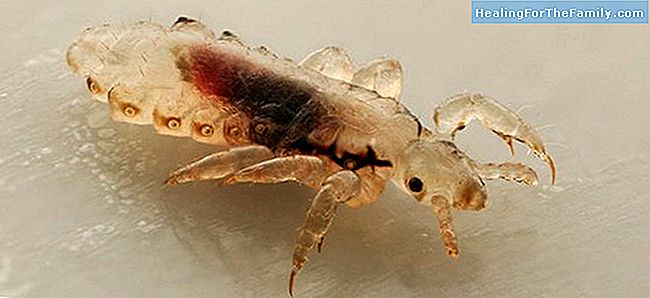
Human pedicles or lice is pruritus or itching of the scalp . The itching is due to the irritation of the skin produced by saliva (which contains an anticoagulant toxin), which the insect deposits in the micro-wound of the bite itself. Scratching often results in erosion of the skin, which further accentuates pruritus and may facilitate the transmission of disease in cases where the lice are infected.The bite gives rise to a small reddish papule, which itches a lot . This irritation, aggravated by scratching, can produce a dermatitis that, in turn, carries a risk of secondary bacterial superinfection.Unlike what may seem, the lice
do not jump or fly because they do not have wings , but they move very quickly. Its average speed reaches 23 centimeters per minute, under normal conditions. They walk through the hair clinging tightly to him with 3 pairs of short legs. Its body is flattened and its color is white in origin, although once the louse is full of blood, its color changes and becomes gray, brown or black.An adult louse usually measures between 2 and 4 millimeters. Your abdomen is wider than the rest of your body and breathes through holes that can close and become waterproof. For this reason, p lice survive in the water
and can be spread during swimming in a pool. They have the ability to hold on apnea for about five minutes. These openings also have an excretion function. Its head has short antennas and very specialized mouthparts, which allow the head louse to carry out actions of perforation and suction of the blood of its host. How are lice fed? Lice are hematophagous insects, a kind of 'microscopic vampires', which feed on human blood and are very sybaritic.
They prefer some people more than others according to the composition of their blood
. Some studies suggest that it is possible that certain foods or medications that alter the smell or taste of the blood can cause rejection. Thus, for example, eating garlic can help prevent infestation, although it is something that could not be conclusively verified or corroborated. Your diet consists exclusively of your host's blood. To feed, the lice bite 2 to 4 times a day during meals, which last approximately 30 minutes. Far from their host, head lice can not survive more than 48 hours, as they die of hunger or dehydration.
In addition to regularly feeding on blood, they need the necessary climate and humidity conditions for their survival, which are very strict: temperature between 28 and 32 ºC with 70 to 80 percent humidity. The optimum temperature of rapid growth oscillates around 28º C. They do not support temperatures superior to 45 ºC. Below 27 ° C the growth slows down, while below 12 ° C the growth and the laying of eggs stops. In general,are quite sensitive to temperature
and, in case of host fever, they may leave. Marisol Nuevo.

